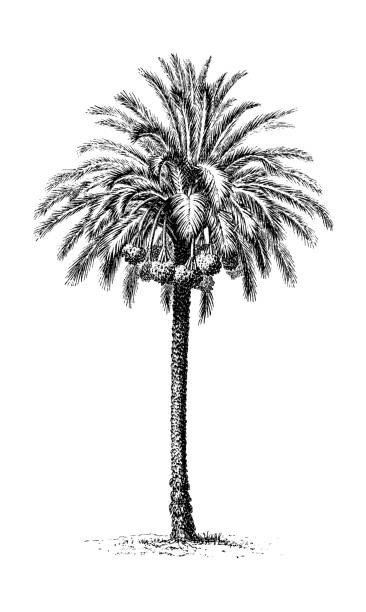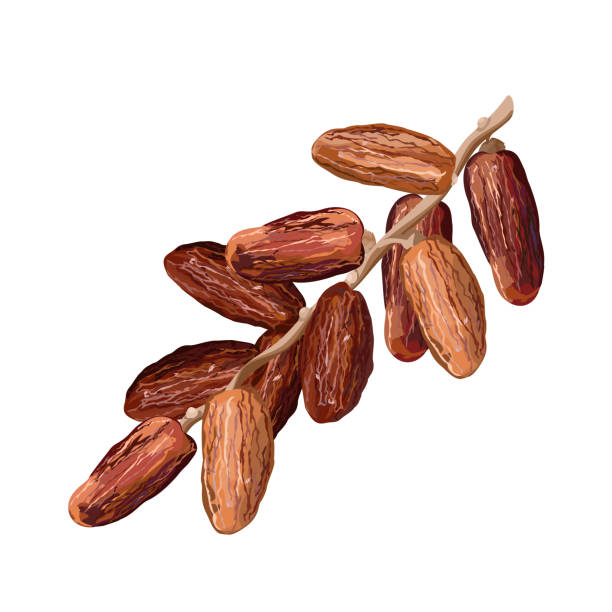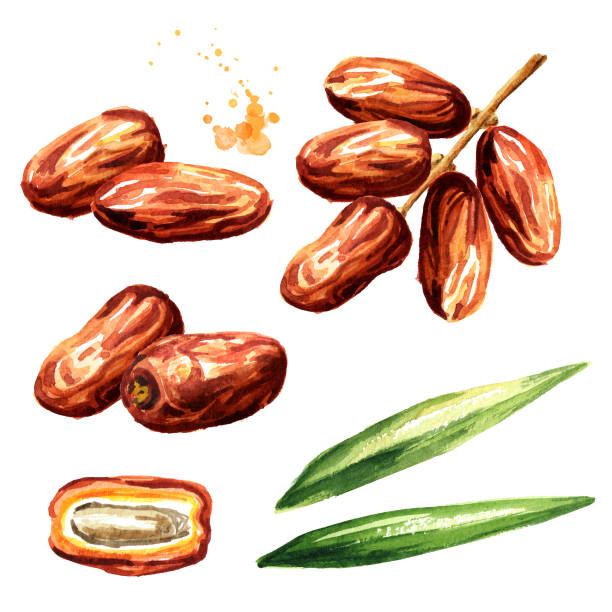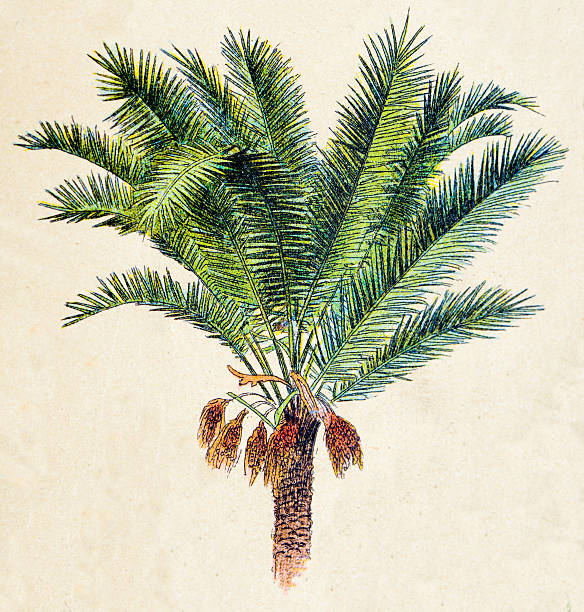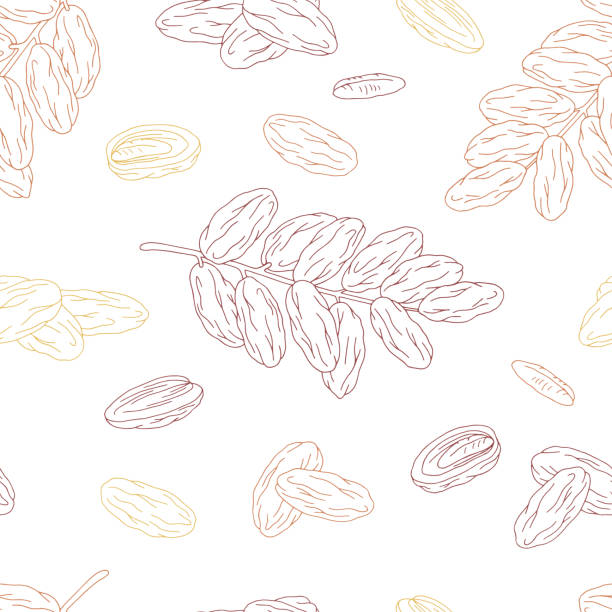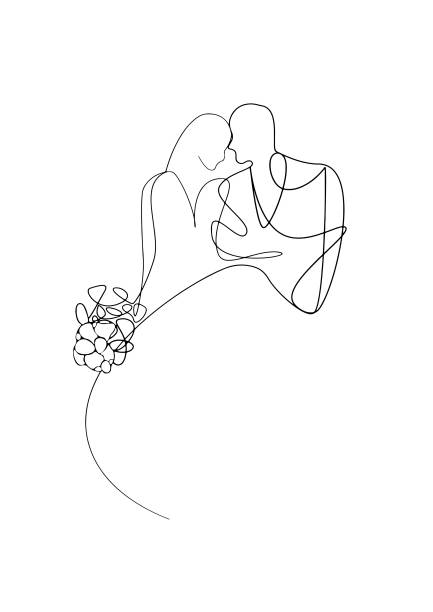
Drawing Of A Dates Fruit stock illustrations
Browse 2,300+ drawing of a dates fruit stock illustrations and vector graphics available royalty-free, or start a new search to explore more great stock images and vector art.

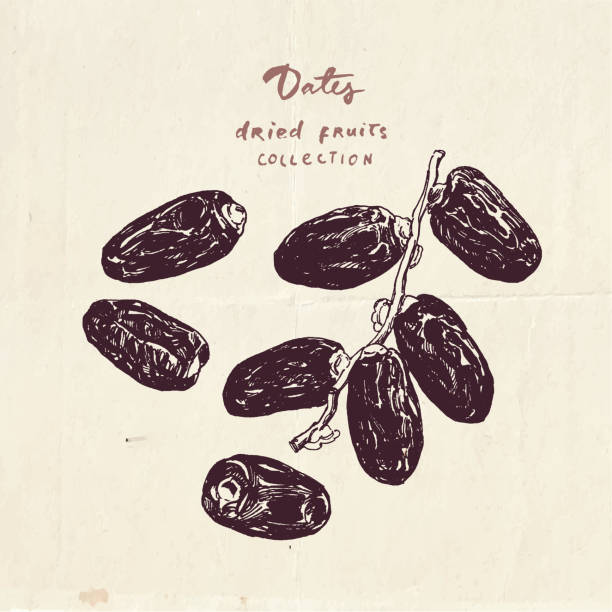
Hand drawn illustration of dried date fruits, vintage drawing collection
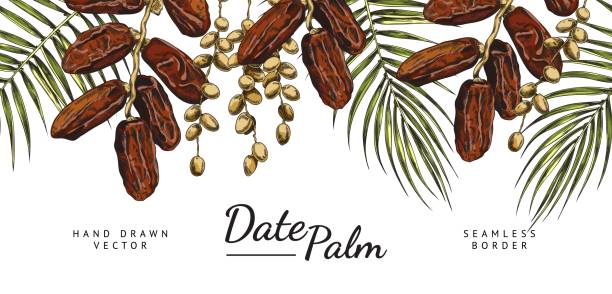
Date palm seamless border, hand drawn sketch vector illustration on white background. Delicious sweet date fruits growing on branch and palm tree branches. Fresh and dried dates banner.
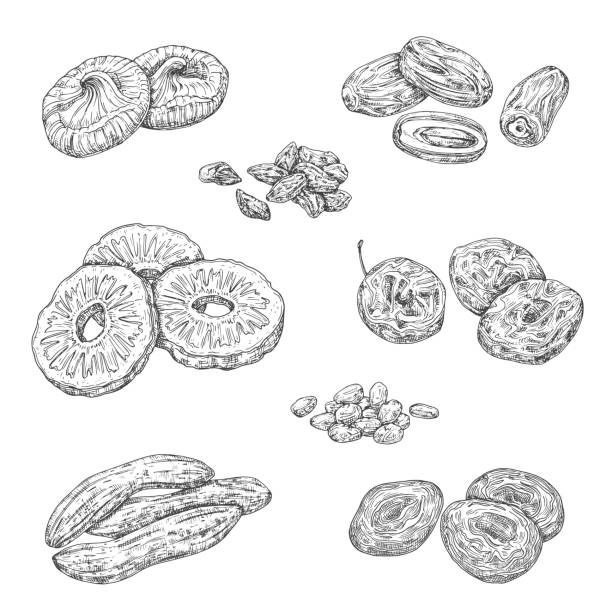
Dried fruits and candied berries isolated sketches. Vector monochrome pineapple and banana, damson fruit and figs. Raisins and prunes, apricots, date, nuts and cherry snacks, natural healthy food
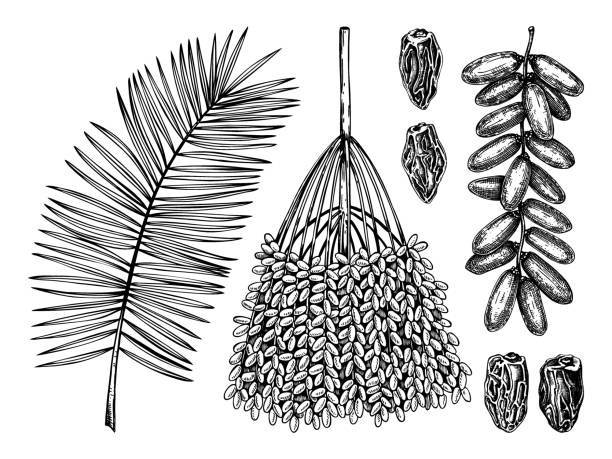
Hand drawn date leaves, fresh and dried fruits, palm sketches set. Dehydrated fruit in engraved style. Delicious healthy dessert. Realistic oriental sweets vector illustration.
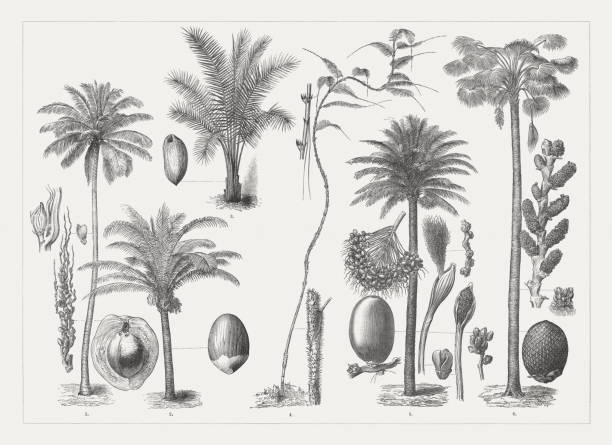
Palm trees: 1) Coconut tree (Cocos nucifera) with fruit spike (left) and opened nut; 2) Sugar palm (Arenga pinnata) with nut; 3) Attalea with nut; 4) Rattan palm (Calamus latispinus, or Rotang latispinus) with stem part with thorns (right) and a detail of the petiole should (top) ; 5) Date palm (Phoenix dactylifera) with male and female inflorescence and blossom (right), fruit spike and date fruit (left); 6) Moriche palm (Mauritia flexuosa) with inflorescence and fruit. Wood engravings, published around 1895.

Jujube vector drawing. Chinese Date isolated illustration. Hand drawn botanical branch, dried berries, leaves and powder. Engraved tropical fruit. Sketch of medicinal herb.
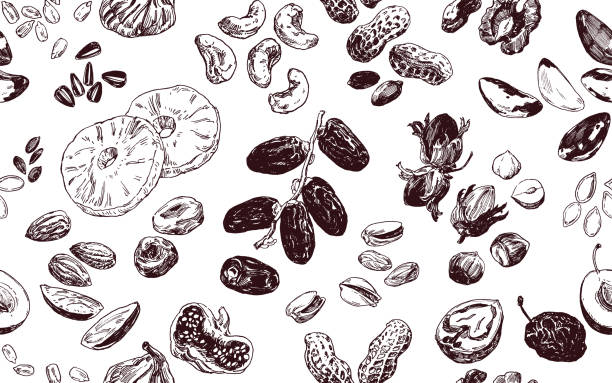
Hand drawn illustration, seamless pattern with nuts, seeds and dried fruits

Date palm tree, hand drawn vector illustration in sketch style, isolated on white background. Monochrome exotic plant with edible sweet fruits. Retro drawing with engraving texture.

Watercolor dry palm dates fruit. Hand-drawn illustration isolated on white background. Perfect for islamic celebration day ramadan kareem, eid al fitr adha, arabesque design

Hand drawn illustration, vintage drawing of dried fruits

Tropical Fruit, Illustration of Hand Drawn Sketch Chinese Date, Jujube or Ziziphus Jujuba Fruits Isolated on White Background. High in Vitamin C with Essential Nutrient for Life.

Set drawings of fruits for design menus, recipes and packages product. Vector Illustration.

Set drawings of fruit for design menus, recipes and packages product. Vector Illustration.
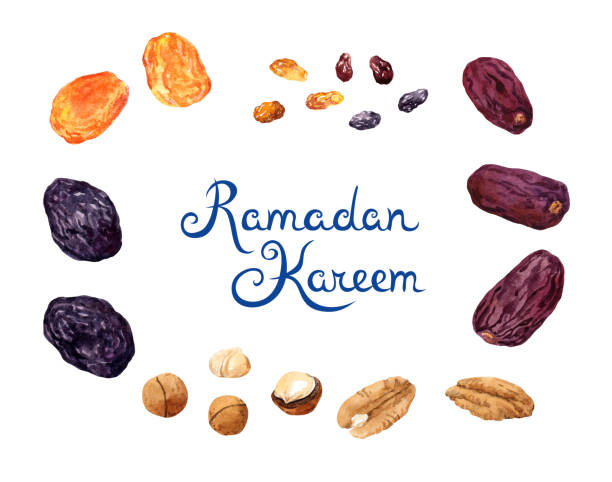
Collection of dried fruits for iftar in Ramadan. Dates fruit, raisins, prune, apricot, nuts and text "Ramadan Kareem". Watercolor
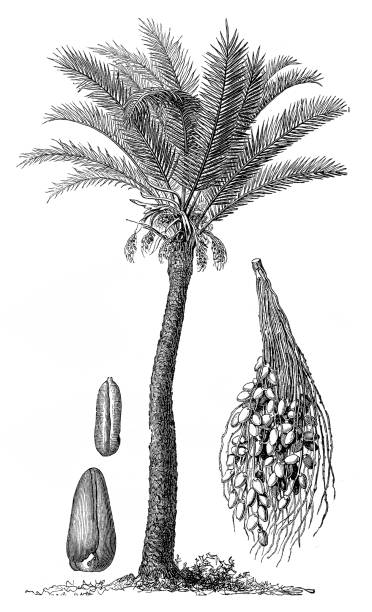
illustration of a Phoenix dactylifera (date palm)

Various forms of plant seeds: 1) Brazil nut (Bertholletia excelsa); 2) Greater celandine (Chelidonium majus); 3) Field bindweed (Convolvulus arvensis) with cross section (a); 4) Princesstree (Paulownia tomentosa); 5) Arabian coffee (Coffea arabica) with backside (a), frontside (b), and cross section (c); 6) Castor bean (Ricinus communis); 7) Johnny Jump up (Viola tricolor) with cross section (a); 8) Indian berry (Anamirta cocculus, or Anamirta paniculata) with cross section (a); 9) Green cardamom (Elettaria Cardamomum) with cross section (a); 10) Werauhia viridiflora (or Vriesea viridiflora); 11) Bulrush (Typha); 12) Burmannia longifolia; 13) Stanhopea oculata; 14) Hairy wood-rush (Luzula pilosa); 15) European dodder (Cuscuta europaea) with capsula (15a), cross section, seed of Flax dodder (Cuscuta epilinum, c), cross section (d, e), embryo (f); 16) Corn-cockle (Agrostemma githago) with cross section (a); 17) Blue waxweed (Cuphea viscosissima) with two cells of seed epidermis with tortuous threads, 17a) when wetting emerging thread; 18) Canadian moonseed (Menispermum canadense); 19) Date palm (Phoenix dactylifera), frontside (a), backside (b); 20) Calabar bean (Physostigma venenosum); 21) Pangium edule; 22) Fireweed (Chamaenerion angustifolium, or Epilobium angustifolium); 23) Myristica fragrans (or Myristica moschata). Wood engravings, published in 1897.
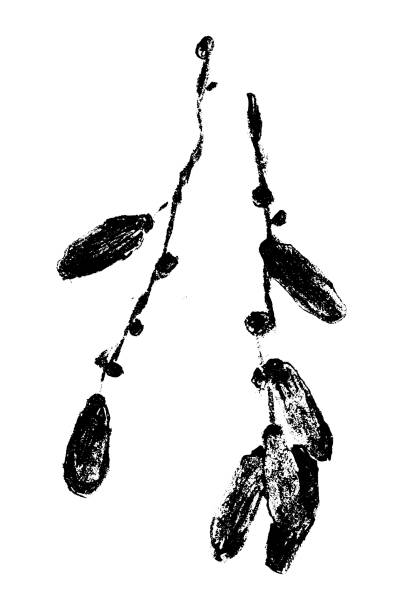
Hand-drawn date fruit illustration with charcoal drawing texture. Branch date fruits sketch.

Palm trees: 1-5) Coconut palm (Cocos nucifera); 6-10) Date palm (Phoenix dactylifera); 11-13) Raphia farinifera (or Sagus farinifera); 14) Carnauba palm (Copernicia prunifera, or Copernicia cerifera). Hand-colored wood engraving, published in 1887.

Antique illustration of a palm tree, isolated on white. High resolution and crisp edges.

Monocotyledons, palm trees: 1) Fragrant screw-pine (Pandanus odorifer, or Pandanus littoralis), b-fruiting body; 2) Coconut palm (Cocos nucifera), b-coconut 3) Date palm (Phoenix dactylifera), b-three fruits. Chromolithograph, published in 1895.

Vintage engraving of date palm,flowering plant cultivated for its edible sweet fruit

Vintage engraved illustration isolated on white background - Date fruit (Phoenix dactylifera)

Vintage color illustration - Pistachio tree (Pistacia vera) - Date palm (Phoenix dactylifera) - White willow (Salix alba) - Fig plant (Ficus carica) - European mistletoe (Viscum album) - Hop plant (Humulus lupulus)

Palm leaf vector illustration. Hand drawn tropical tree leaves on white background. Exotic plant botanical elements. Date palm tree sketch.

Nuts and seeds seamless pattern collection. Food ingredients for cooking illustration. Colorful, monochrome silhouettes and doodle style. Vector illustration.
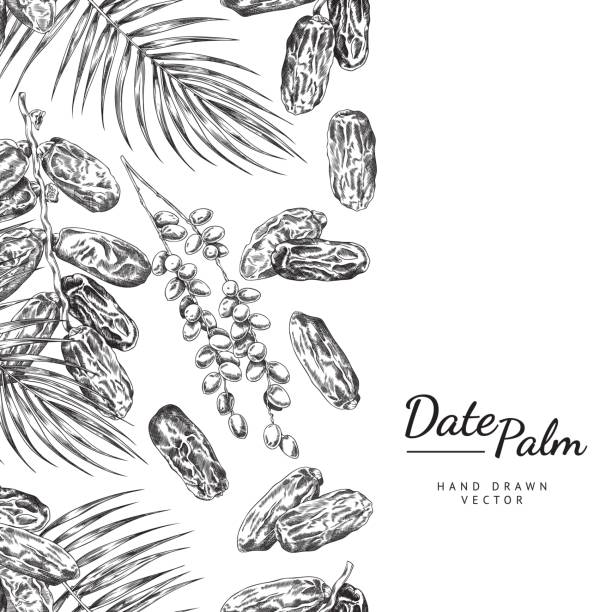
Seamless border design with date palm leaves repeating in vertical, sketch vector illustration isolated on white background. Repeatable side edging with date fruits.
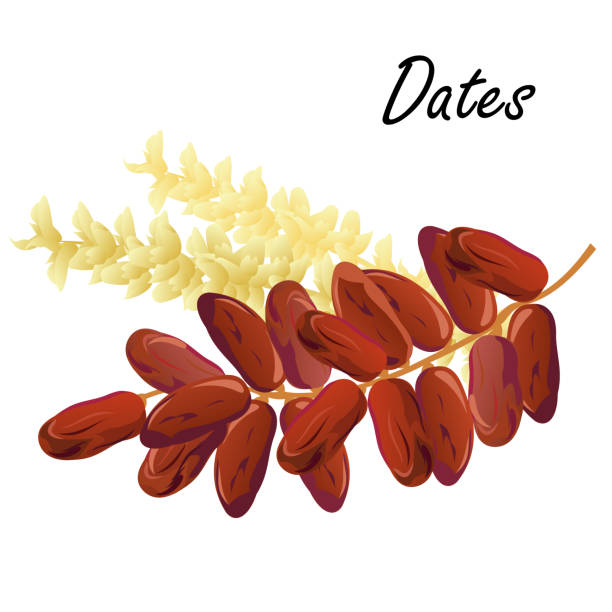
Hand drawn vector illustration of dried dates (Ramadan Iftar food) with date palm flowers on white background.
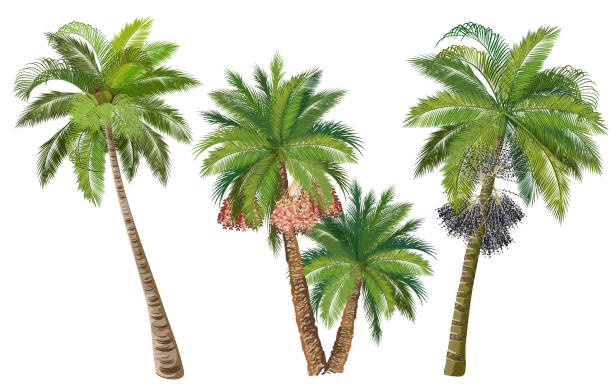
Coconut, date and acai palm trees with fruits. Set of realistic vector illustrations isolated on white background.

Engraving from Scripture Natural History by Alex Fletcher - New York 1869

Illustration of a Phoenix dactylifera (date or date palm)

Sketched frame design with date palm leaves and dried fruits illustrations in engraved style. Hand drawn vegan food ingredients vector background. Oriental sweets sketches - dried dates banner

Dried dates vector drawing. Hand drawn dehydrated fruit illustration. Healthy vegan raw food snack. Sketch of granola, cereals and oat milk ingredient. Natural organic sweets

Hand drawn monochrome date palm fruit sketch style, vector illustration isolated on white background. Engraved natural organic product, decorative design element for web and print
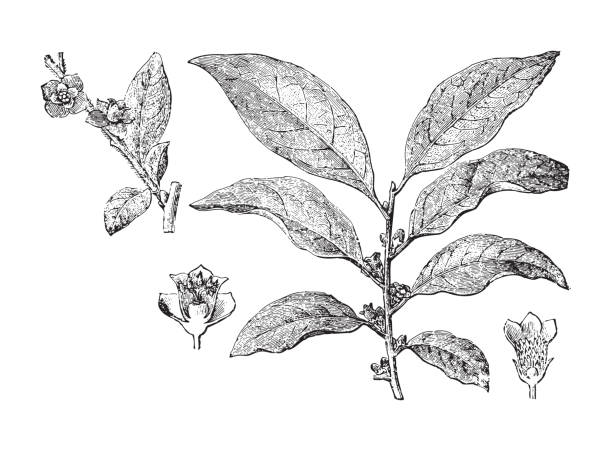
Vintage engraved illustration isolated on white background - Persimmon tree or Date plum (Diospyros lotus)
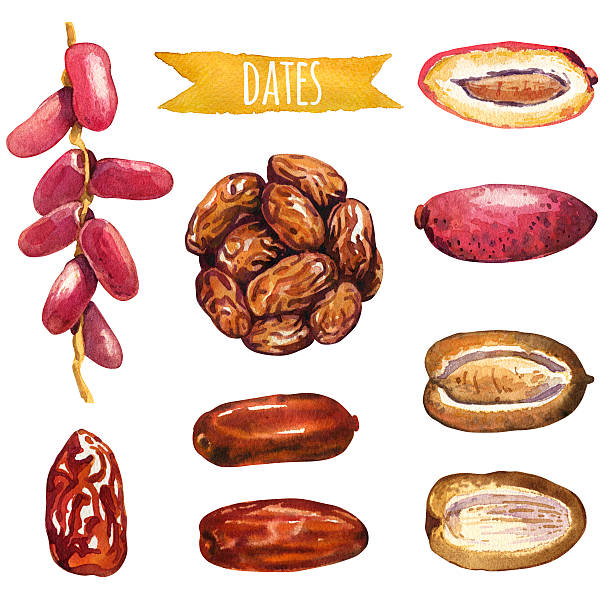
Dates, hand-painted watercolor set, vector clipping paths included

Set of calendars isolated on white background - hand-drawn illustration
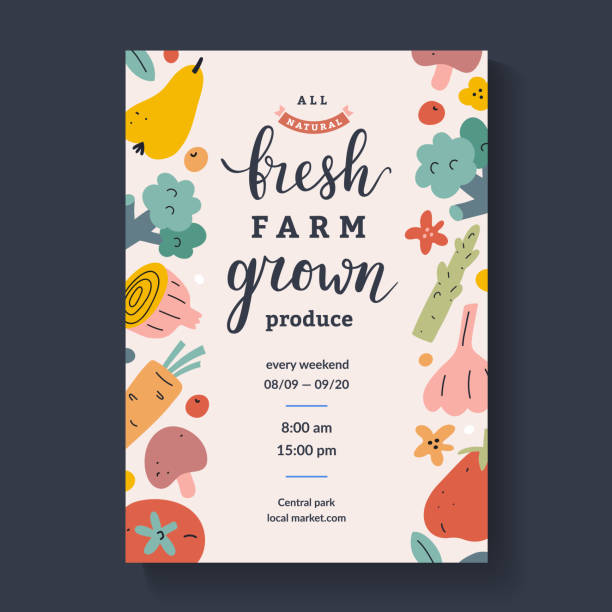
Farmers market lettering poster, calligraphy placard for agricultural fair with illustrations of fruit and vegetables, vector layout, modern pastel color design, announcement ad for farm marketplace
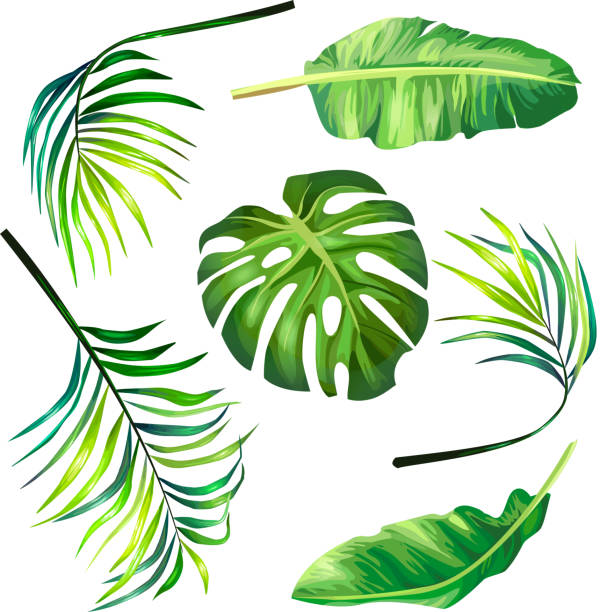
Set of botanical vector illustrations of tropical palm leaves in a realistic style. Print, template, design element
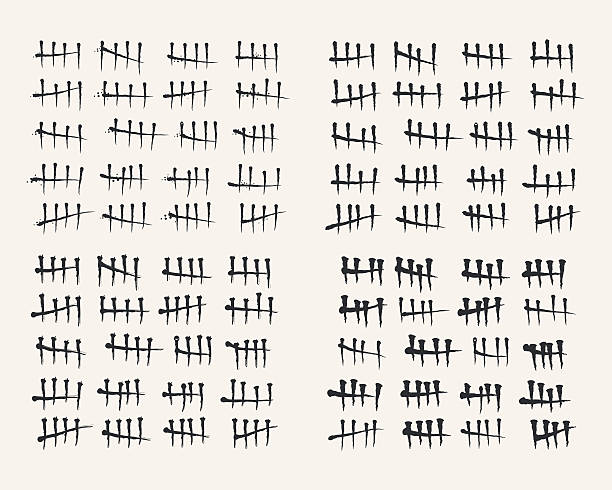
Waiting counting tally numbers or tally marks isolated on white background. Vector illustration

